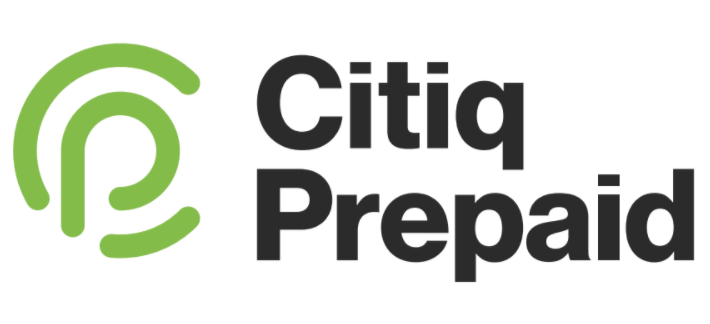South Africa is a water-scarce country and has been plagued by extreme water scarcity in recent years, particularly in the Western and Eastern Cape provinces. One way that the government tried to force the public to save water was to drive up the price of water or to set cutoffs for daily household water usage. It was a necessary solution to a very dire situation.
Curbing the use of water in your own home is relatively easy because you have direct control and can use your home water meter to monitor your daily usage. But what about landlords with multiple tenants? How do they enforce water-saving behaviour or work out which buildings are using too much water? We’ve compiled 5 tips that can help control water usage:
1. Install water-saving fixtures
Install water-saving showerheads or flow restrictors in every shower and tap. This will reduce the water pressure and could cut the water usage by almost half. They are often inexpensive and are easy to find in any hardware store, and don’t require a professional to install. Toilets are the biggest users of water, up to 30% of the total water used in the home is due to the toilet alone. You can curb this by placing a water-saving bag in the cistern to slow down the use of water.
2. Routinely check for leaks
Rather than waiting for your tenant to come to you when they notice a problem, set up a routine check to look for leaks. Not all leaks are easily discoverable by puddles or watermarks. Some of the worst leaks happen underground and so a tenant will not notice for some time, if ever. Check the pipes, hoses, faucets, and couplings. Sometimes an inexpensive washer is all that is needed to stop a leak. Water leaks on the main water line can be extremely wasteful, and they’re often underground and go unnoticed for a long time.
3. Irrigate grounds efficiently
If you have grounds or gardens that need to be maintained, make sure to time the irrigation efficiently. Water only when needed, and only as much as needed. The coolest time of the day, early morning is best. Position your sprinklers so that they water only plants and the lawns, and make sure no water is being wasted on streets or sidewalks. It is also important to check that your irrigation system is working properly and that there are no leaks. A smart irrigation system will also not water on days that there has been rain. There are other systems that are also water-efficient and make good investments, such as drip irrigation or underground water-feeding systems.
4. Use greywater systems
If possible, install greywater systems to reroute water from sinks, basins, showers, and baths into the garden for immediate irrigation. Greywater systems are not always cheap to install, but they will save money on garden maintenance in the long run.
5. Install a prepaid water meter
By far the most successful way to control water usage is to install a prepaid water meter. The tenant is then responsible for how much water they use and payment for that water, which happens upfront, is their responsibility. They will be able to monitor their own usage and will be more motivated to be proactive about saving water. The Citiq prepaid water meter is ideal for this situation, as it also enables tenants to purchase tokens upfront. Therefore tenants can only use water that they’ve already paid for, and there will be no disputes when the water bill arrives at the end of the month. Prepaid water meters have a bonus feature that detects leaks which also saves money in the long run.
Saving water helps reduce energy consumption saves you money and leaves a positive impact on the environment a win-win-win for all. We hope these tips help you to control water usage on your property.

